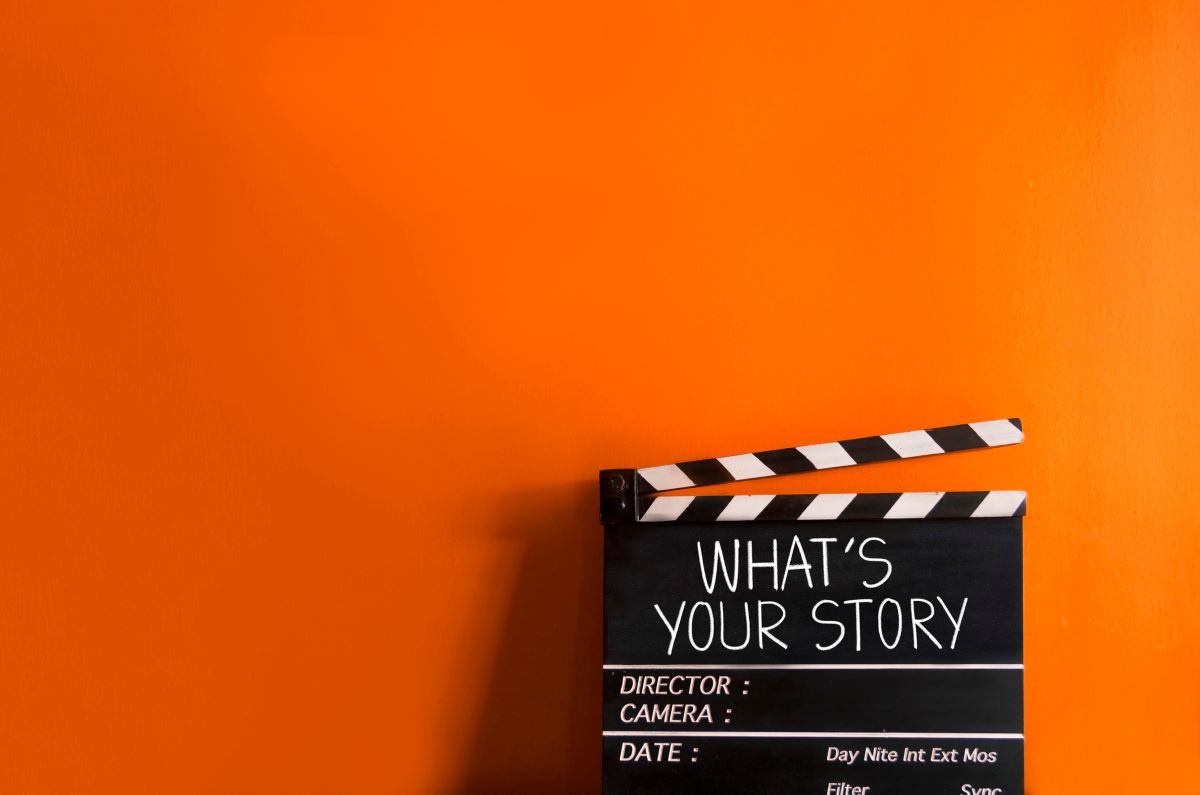If you live with a musculoskeletal condition, chances are you’ve had a flare at some stage. Your body turns up the dial on your pain-o-meter and wow…that hurts. As well as increased pain you may experience increased joint stiffness, inflammation and fatigue. As a result everyday activities – getting out of bed, showering, looking after the kids, working, cooking – become much more difficult.
Flares are frustrating and painful. You don’t always know why they happen – and sometimes they seem to come out of the blue. How long they last is also uncertain and can in part depend on how you deal with them.
What causes a flare?
Flares can be caused or triggered by a number of things including:
- stress
- changes in medications
- overdoing it physically
- changes in weather
- poor sleep
- illness, infection or injury.
Knowing the triggers that cause you to have a flare can help you be prepared and take control.
Your flare plan
Be prepared
- Talk with your doctor about the things you can do to manage a flare when one occurs. This may include pain relieving medications to help you get through the worst of it, as well as self-management strategies, including rest, gentle exercise and the use of heat and cold. You may also need to adjust your medications, or alter the dosage during a flare.
- Have a plan in place for how you’ll deal with your commitments when you’re in the middle of a flare – family, work, home life, social activities. Can you alter your work hours, work from home, get your family to help out with chores?
- Manage your stress. Many people find they’re more prone to flares when they’re stressed. Unfortunately we’re living through a particularly stressful time at the moment. But there are things you can do to deal with stress. Try relaxation techniques such as meditation, breathing exercises and visualisation, avoid caffeine, alcohol and cigarettes. And talk to someone – whether it’s a family member, friend or a mental health professional. Talk through what’s stressing you out so you can deal with it, and hopefully avoid a flare.
- Don’t overdo things. We’ve all done it. Countless times. We’re feeling great so we decide to go for the extra-long walk. Or clean the house from top to bottom. Or weed the entire garden. Afterwards we’re proud of our achievements…until we wake up and can’t move. And we tell ourselves never again. But we really need to follow through with the ‘never again’. So when you’re feeling great, pace yourself. Go for the walk – but don’t go too far, or stop for a coffee break and a rest. Do the cleaning or gardening – just don’t get carried away, and get help from others. By managing your activities, energy levels and pain, you can hopefully prevent a flare from occurring.
Take control
Even when you do all you can to prevent a flare, you can still have one. Some flares we can predict, but sometimes they seem to happen for no reason at all. Or they may be triggered by things we can’t control – such as changes in weather or changes to meds. So you need a plan for dealing with them in the moment.
- Over-the-counter and/or prescription medications may help you manage the pain and inflammation of a flare. As we mentioned earlier, discussing this with your doctor before you have a flare means that you can act quickly as soon as a flare strikes. You’ll have the medications you need, when you need them. But if you haven’t had the opportunity to have this discussion, now’s the time. Make an appointment as soon as possible. Don’t try to soldier on. This will only make life miserable, and can potentially make your flare last longer and cause more damage.
- Write down what you were doing before the flare. It might seem like it came out of the blue, but there may be triggers you aren’t aware of. Tracking your activities, sleep patterns, stressors, diet and even the weather each time you have a flare may help you identify potential triggers. This will help you reduce your risk of future flares.
- Prioritise your tasks and activities. You still need to be able to get through your day and commitments, so you need to prioritise what’s most important. You may not be able to do everything if you’re in a lot of pain or you simply can’t focus because you’re so tired. So be realistic – what really, seriously needs to be done? Only do those things. You can get to the other things when you’re feeling better.
- Pull out all of your pain management strategies. Use heat or cold packs, get a massage, go for a walk, distract yourself…use all the things you know help you manage your pain.
- Rest when your body needs it – but not for too long. Going to bed and being inactive during a flare can make your pain and fatigue worse. Continue to exercise, but at a lesser intensity than usual. It’s important you listen to your body.
- Use aids and other gadgets when your joints are painful and swollen. Aids include splints, walking sticks, jar openers, tap turners and pick-up reachers. They’ll help protect your joints, and reduce some of the pain you feel when doing everyday tasks. Check out our online shop to view some of the items we have available to make life easier.
- Get a good night’s sleep. Not enough sleep or poor quality sleep has a negative effect on our mood, our physical wellbeing, pain levels and our energy. It can also trigger a flare. Unfortunately it’s easy to say ‘get a good night’s sleep’ but it’s often hard to do when you’re in a lot of pain. The good news is there are lots of things you can do to improve your sleep. Find out more.
- Track your flares. Keep an accurate record of when you had a flare (or flares). Also note down the symptoms you experienced and rate them. For example if you have increased fatigue, how would you rate it compared to the fatigue you feel when you’re not having a flare? Do this with all of the symptoms you experience. All of this information is valuable to help you and your doctor understand how your condition is progressing, if it’s being well managed or if your treatment plan is providing the best results.
- See your doctor. If your flare is lasting longer than usual, your symptoms are much worse, you’re experiencing unusual symptoms or you’re having more frequent flares, go and see your doctor or specialist. You may need your medications to be adjusted. Or you may need an assessment of your current treatments to see if there’s an alternative that will help you gain control over your condition.
Some of the suggestions listed here are easy, however others involve a bit of thought, as well as input from others. But taking the time to work out a plan that works for you will help you manage your flares better, and with less disruption to your life.
Call our Help Line
If you have questions about things like managing your pain, COVID-19, your musculoskeletal condition, treatment options, telehealth, or accessing services be sure to call our nurses. They’re available weekdays between 9am-5pm on 1800 263 265; email (helpline@msk.org.au) or via Messenger.
More to explore
- Flares and JIA: What you should know
Arthritis Foundation (USA) - How to look after your hair when you’re having a flare
Arthur’s Place (UK) - How to manage rheumatoid arthritis flares
Johns Hopkins Arthritis Center, 19 February 2019 - Newly identified cell type may help predict, treat rheumatoid arthritis flares
Science, 17 July 2020 - Tips for managing an arthritis flare
Arthritis Foundation (USA) - What an AS flare is like
AnkylosingSpondylitis.net


















